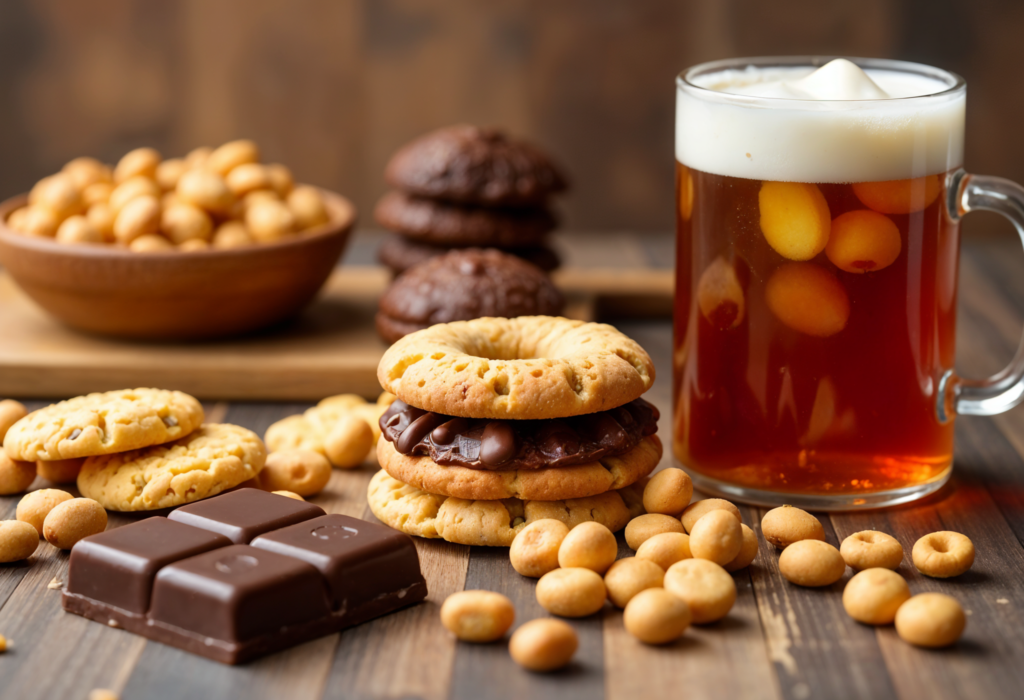Should You Take Compounded Tirzepatide With Food?

Should You Take Compounded Tirzepatide With Food? Tirzepatide is a weekly injectable drug for patients controlling Type 2 diabetes. Being a dual GLP-1 and GIP receptor agonist, it is important in controlling blood sugar levels and aiding weight loss when combined with a diabetic diet and exercise. Most patients initiating Tirzepatide treatment wonder if it […]
Does Mounjaro or Compounded Tirzepatide Cause Headaches?

Does Mounjaro or Compounded Tirzepatide Cause Headaches? Tirzepatide is a commonly injected medication for treating Type 2 diabetes. It works to lower hemoglobin A1C, a primary indication of long-term blood sugar level management. Similar to any prescription medication, however, Tirzepatide can cause certain side effects. Although typical effects include nausea, diarrhea, vomiting, and diminished appetite, […]
Which Diabetes Medications Promote Weight Loss or Gain? Compounded Semaglutide or Compounded Tirzepatide

Which Diabetes Medications Promote Weight Loss or Gain? Compounded Semaglutide or Compounded Tirzepatide Diabetes is a chronic medical condition that affects millions of people worldwide, of whom most have Type 2 diabetes. Good control of blood sugar is essential for physical health, and medications play a crucial role in this regard. Nevertheless, certain diabetes medications influence […]
5 Foods to Avoid When Taking Compounded Tirzepatide

5 Foods to Avoid When Taking Compounded Tirzepatide Compounded Tirzepatide or Monjaro has been recognized as a potent injectable drug for controlling Type 2 diabetes. It functions by controlling blood sugar levels and inducing weight loss. But, as with any drug, it has some side effects, mainly gastrointestinal discomfort like nausea, diarrhea, and abdominal pain. […]
6 Science-Backed Ways Compounded Tirzepatide Works for You

6 Science-Backed Ways Compounded Tirzepatide Works for You Compounded Tirzepatide is revolutionizing the management of Type 2 diabetes and weight loss through its unique dual-action mechanism. This once-weekly injectable medication functions by mimicking two essential gut hormones that regulate blood sugar levels, digestion, and appetite. As a dual glucose-dependent insulinotropic polypeptide (GIP) and glucagon-like peptide-1 […]
Ozempic vs. Metformin: What Works Best for You?

Ozempic vs. Metformin: What Works Best for You? Managing Type 2 diabetes effectively often requires a combination of medication and lifestyle adjustments. Among the most commonly prescribed medications for this condition are Ozempic and Metformin. While both help regulate blood sugar levels, their mechanisms, benefits, and potential side effects differ significantly. If you’re considering “Ozempic […]
How to Get Rid of Generic GLP-1 Medications Nausea?

How to Adjust Your GLP-1 Injection to Reduce Nausea? GLP-1 medications, including generic GLP-1 medications, have transformed the treatment landscape for individuals managing type 2 diabetes and weight loss. These medications, such as semaglutide and tirzepatide, work by regulating blood sugar levels, suppressing appetite, and slowing gastric emptying. While these effects contribute to their effectiveness, […]
Semaglutide Weight Loss Dosage Chart

Semaglutide Weight Loss Dosage Chart Achieving sustainable weight loss can be a challenging journey, but advancements in medical treatments have opened new doors. One of the most promising options available today is semaglutide, a GLP-1 receptor agonist initially designed for Type 2 diabetes management. Now widely recognized for its weight loss benefits, semaglutide helps individuals […]
30-30-30 Rule Diet with Compounded Semaglutide

30-30-30 Rule Diet to Weight Management with Compounded Semaglutide With the internet flooded with countless diet and exercise trends, it’s easy to get lost in the sea of weight-loss advice. However, one diet plan that has gained traction on TikTok and other social media platforms is the 30-30-30 rule. This straightforward approach to weight management […]
Missed a Dose of GLP-1 Medication – Compounded Semaglutide?

What Happens When You Missed a Dose (or More) of Your GLP-1 Medication? For those using GLP-1 receptor agonists to aid in weight management, consistency is key. However, life happens—travel, shortages, or simple forgetfulness can lead to missed doses. If you find yourself in this situation, knowing how to safely resume your medication, including Compounded […]
